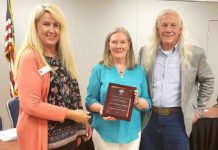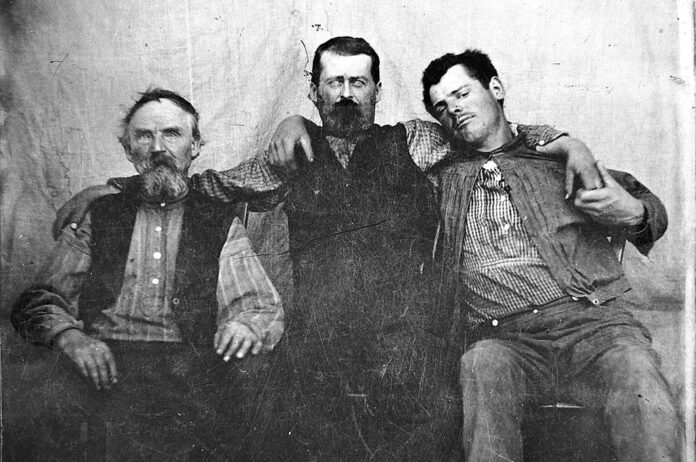
Candid photographs of people are incredibly captivating for historians. They ooze authenticity not normally portrayed in family portraits and provide a window into the true personalities and joyful moments of our past.
This chummy image was scanned from an original glass plate long kept in the county archive at Five Oaks Museum. Three close friends from the Tigard-Tualatin area, Billy Greenwood, Adam Shaver and Joseph Galbreath took this photograph sometime between 1875 and 1885.
While the men tried to pose with standard serious expressions, the mischievous way they lean on one another feels spontaneous and intimate.Perhaps in town on business one day, they took off their hats to capture a memory. Maybe they stumbled across a photographer after downing a few whiskeys at the saloon. Either way, Greenwood, Shaver and Galbreath represent three generations in early state history: the older immigrant, the middle aged emigrant, and the young man that would inherit their legacy. Each of their stories provides context about the Tualatin Valley in the late 1800s.
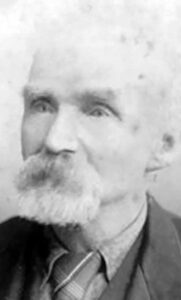
William “Uncle Billy” Greenwood (1815-1895) immigrated on a ship from England and walked the entire length of the trail into California, arriving in spring of 1851. A young blacksmith and wagon maker, his expertise would have been in high demand. As a single man, he could travel light over the eighteen hundred mile journey, providing farrier services and fixing broken wheels in exchange for supplies and protection.
Most of the big gold claims near Placerville, Calif. were dug by 1851 and stories of free land in Oregon became too alluring to ignore. Greenwood rode a steamer up the coast to Portland and took up 160 acres on the Tualatin River under the Donation Land Claim Act. He opened a blacksmith in the new settlement called Bridgeport, which had a general store and saloon, along with the ferry crossing owned by Samuel Galbreath.
Uncle Billy became a respected businessman at Bridgeport for two decades and retired in 1876. He travelled back to England in 1891 to “convince relatives he was still alive” and then promptly returned home to his beloved Tualatin River cabin. Billy lived alone until he passed in 1895 and George Galbreath became executor of his estate, which shows his close relationship with that family. Buried by friends at Robert Bird Cemetery in Wilsonville, the Oregonian remarked that he had “unbounded generosity” and was a natural scholar, despite having no formal education.
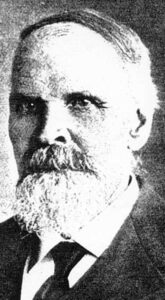
Born in Ohio in 1834, Adam Shaver surely looked up to Greenwood as a father figure. In 1852, his widowed mother Elizabeth Walker Shaver followed the masses west with an oxen team and her six children, arriving in the Willamette Valley that October. The resilient mother and her two older sons, Francis and Adam, claimed adjoining properties in Tigardville. It must have been a proud moment for Mrs. Shaver to acquire land in her own name and have the security of living close to her children. One of the first families to farm the area, they worked together to plant wheat, oats and fruit orchards.
Adam Shaver was known to be “widely read” and stayed on the homestead all his life. Married to Elizabeth “Betsy” Palmateer (1842-1898), as a child she had also travelled across the trail with her family and an oxen team. Betsy was honored in her obituary as a good friend and mother of thirteen children, who withstood the “privations of frontier life” to build a future in Oregon. A detailed 1911 probate record for Adam Shaver’s assets included seven acres, 20 tons hay, 306 bushels oats, 94 bushels wheat, farming machinery and tools, horses and even an apple press! Adam and Betsy are buried together at Crescent Grove Cemetery in Tigard, along with his mother Elizabeth.
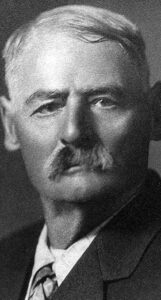
Joseph Galbreath likely learned many survival skills from Greenwood and Shaver. Brought to Oregon as an infant in 1852, he grew up on the Tualatin River land claim of his parents, Sarah and Samuel. From the age of eleven to eighteen, Joe worked as a child laborer in the Orophana mines to send money home, which must have been an unimaginably difficult time. Galbreath was probably elated to purchase thirty-six acres in 1876, proving himself a provider and marrying Erwin Cummins’ daughter Louisa a year later. The couple had ten children, living first on their own farm and later her parents claim. They built a “fine and comfortable residence” and expanded the family onion business, draining swampland for crops. Joe and Louisa are buried together at Winona Cemetery in Tualatin and his parents are at Robert Bird Cemetery.
Revealing the stories of Billy Greenwood, Adam Shaver, and Joe Galbreath helps us to understand why they seemed so affectionate in the photograph. Strong familial bonds had been forged through struggle, hard work, camaraderie and a perpetual love of the Tualatin Valley.






